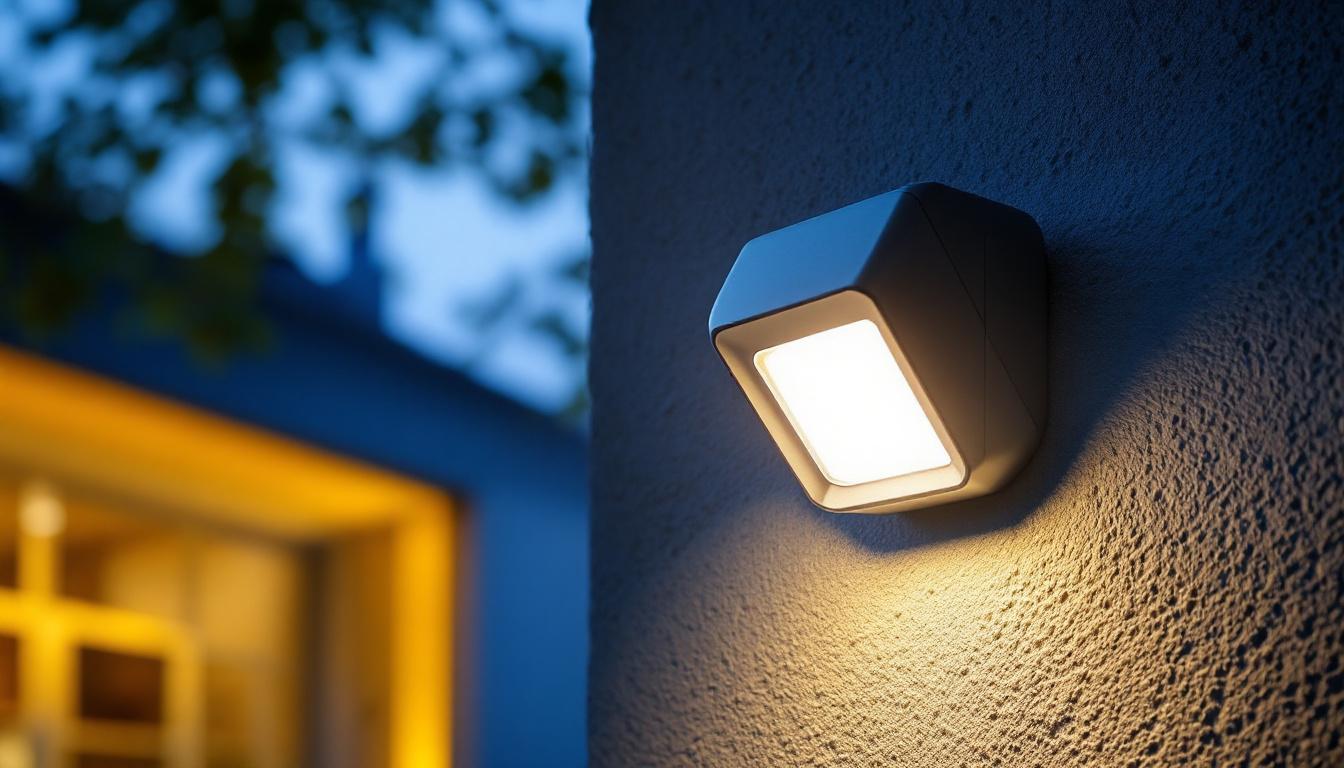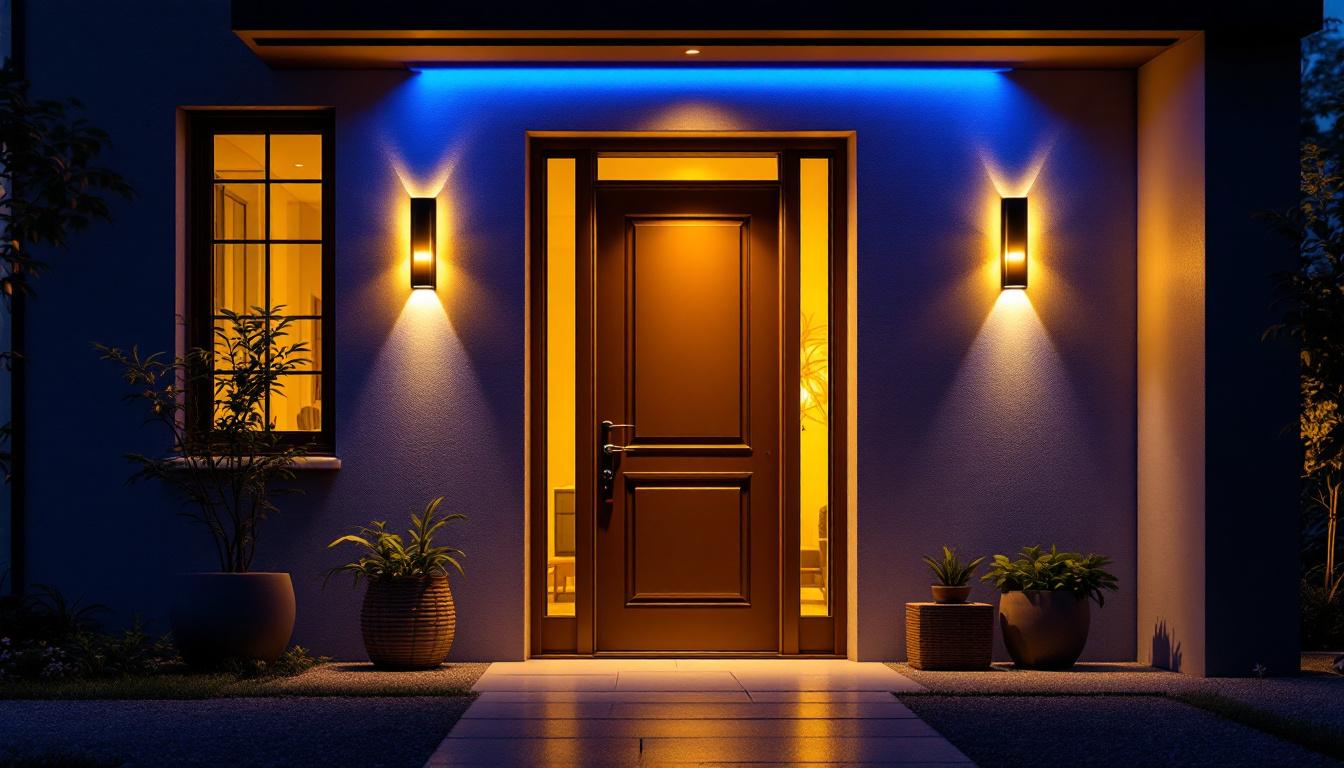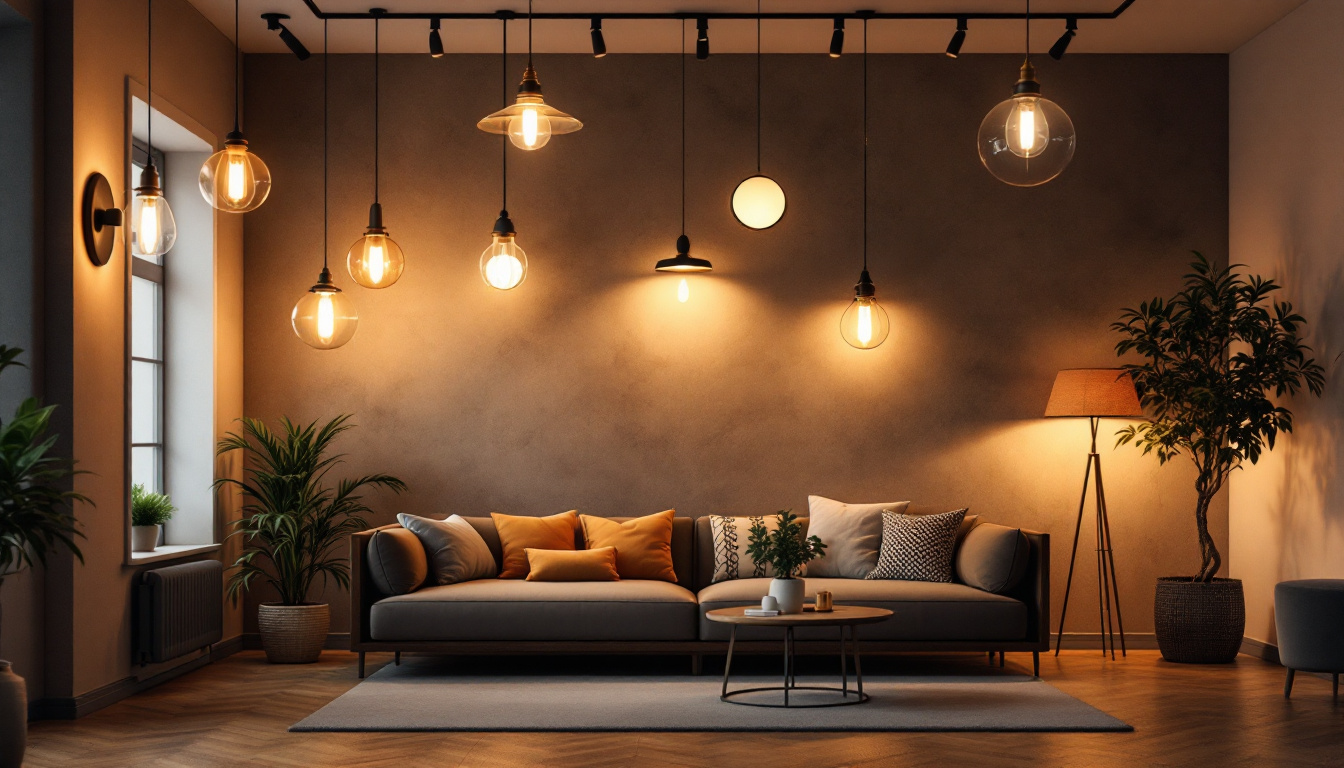
In the realm of modern lighting solutions, small motion detector lights have emerged as a popular choice among homeowners and businesses alike. For lighting contractors, understanding the intricacies of these devices is essential to successfully integrating them into various projects. This article will provide a concise overview of small motion detector lights, their benefits, installation considerations, and best practices, all tailored for professionals in the field.
Motion detector lights are lighting fixtures equipped with sensors that detect movement within a designated area. When motion is detected, the light activates, providing illumination only when needed. This functionality not only enhances security but also promotes energy efficiency by reducing unnecessary power consumption. By illuminating only when required, these lights help lower electricity bills and extend the lifespan of the bulbs, making them a cost-effective choice for homeowners and businesses alike.
Typically, these lights are used in outdoor settings, such as driveways, walkways, and entryways, but they can also be beneficial in indoor applications like garages or hallways. Their versatility makes them an attractive option for contractors looking to offer innovative solutions to clients. Moreover, the aesthetic appeal of modern motion detector lights has improved significantly, with various designs and finishes available to complement any architectural style. This means that they can seamlessly blend into the environment while providing functional lighting where it is most needed.
The core technology behind motion detector lights involves passive infrared (PIR) sensors, ultrasonic sensors, or a combination of both. PIR sensors detect changes in infrared radiation, which is emitted by moving objects, typically warm-bodied individuals or animals. Ultrasonic sensors, on the other hand, emit sound waves and detect changes in the frequency of those waves when an object moves within their range. This dual technology approach enhances the reliability of motion detection, reducing the likelihood of false triggers caused by environmental factors such as wind or small animals.
When a sensor is triggered, it sends a signal to the light fixture to turn on, often for a pre-set duration. Some advanced models offer adjustable sensitivity and timing settings, allowing contractors to customize the performance based on the specific needs of the installation site. Additionally, many motion detector lights now come equipped with smart technology, enabling users to control them via smartphone apps or integrate them into home automation systems. This level of control not only enhances convenience but also allows users to monitor and adjust their lighting preferences remotely, ensuring optimal security and energy management at all times.
One of the primary advantages of motion detector lights is their ability to enhance security. By illuminating areas when motion is detected, these lights deter potential intruders and provide peace of mind to homeowners and business owners. The sudden burst of light can startle an intruder, making them think twice before proceeding.
Moreover, well-lit entry points and pathways can reduce the risk of accidents, making properties safer for residents and visitors alike. For contractors, highlighting the security benefits of these lights can be a compelling selling point when discussing options with clients. Additionally, many modern motion detector lights come equipped with advanced features such as adjustable sensitivity settings and customizable light durations, allowing property owners to tailor the system to their specific security needs. This level of customization not only enhances the effectiveness of the lighting but also ensures that the lights are not triggered unnecessarily, which can be a common concern in areas with high foot traffic.
Energy efficiency is another significant benefit of small motion detector lights. Traditional lighting systems often remain on for extended periods, consuming power even when not in use. In contrast, motion detector lights activate only when needed, significantly reducing energy consumption and lowering electricity bills.
For environmentally conscious clients, promoting energy-efficient solutions is increasingly important. By incorporating motion detector lights into projects, contractors can help clients achieve their sustainability goals while also enhancing the overall functionality of their lighting systems. Furthermore, many of these lights utilize LED technology, which not only consumes less energy but also has a longer lifespan compared to traditional bulbs. This means fewer replacements and less waste, aligning with eco-friendly practices that many clients are eager to adopt. As energy costs continue to rise, the appeal of motion detector lights as a cost-effective and sustainable option becomes even more pronounced.
Small motion detector lights offer unparalleled convenience. They automatically turn on when someone approaches, eliminating the need to fumble for switches in the dark. This feature is particularly beneficial for elderly individuals or those with mobility challenges.
Furthermore, these lights can be installed in various locations, from residential properties to commercial spaces. Their adaptability allows contractors to cater to a wide range of client needs, making them a valuable addition to any lighting portfolio. In addition to outdoor applications, such as driveways and patios, motion detector lights can also be effectively utilized indoors, providing illumination in hallways, staircases, and even closets. This versatility not only enhances safety but also adds a layer of sophistication to interior design, as homeowners can choose stylish fixtures that blend seamlessly with their decor. With the option to integrate these lights into smart home systems, users can enjoy even greater control and convenience, adjusting settings remotely or programming them to work in conjunction with other smart devices.
Proper placement of motion detector lights is crucial for optimal performance. When selecting locations for installation, consider high-traffic areas such as entrances, driveways, and pathways. Additionally, ensure that the sensors have an unobstructed view of the area they are intended to monitor.
It’s also essential to consider the angle of the sensor. Most motion detectors have a limited field of view, typically ranging from 90 to 180 degrees. Installing the lights at an appropriate height and angle will maximize their effectiveness in detecting movement.
When installing small motion detector lights, contractors must also consider the wiring and power supply. Many models are available in both hardwired and battery-operated versions. Hardwired lights offer a more permanent solution and are generally more reliable, while battery-operated options provide flexibility in placement.
For hardwired installations, ensure that the electrical supply meets the requirements of the fixture and that all local codes and regulations are followed. Additionally, consider using weatherproof fixtures for outdoor installations to protect against the elements.
After installation, testing and calibration of the motion detector lights are essential steps. This process involves adjusting the sensitivity settings and ensuring that the lights activate at the desired distance. Testing the lights at different times of day can also help determine if adjustments are necessary for optimal performance.
Encouraging clients to familiarize themselves with the operation of their new motion detector lights can enhance their overall satisfaction. Providing a brief tutorial on adjusting settings and troubleshooting common issues can further solidify the contractor-client relationship.
Education plays a vital role in the successful integration of small motion detector lights. Lighting contractors should take the time to explain the benefits, functionality, and maintenance of these devices to clients. Providing brochures or digital resources can help reinforce this information and serve as a reference for future inquiries.
Additionally, contractors should encourage clients to consider their specific needs when selecting motion detector lights. For instance, a homeowner with pets may require a model with adjustable sensitivity to prevent false triggers, while a business owner may prioritize lights with extended coverage for larger areas.
As technology continues to evolve, staying informed about the latest advancements in motion detector lights is crucial for lighting contractors. New features, such as smart technology integration and enhanced sensors, can significantly improve the performance and appeal of these products.
Participating in industry workshops, webinars, and trade shows can provide valuable insights into emerging trends and technologies. By remaining knowledgeable, contractors can offer clients the most current and effective solutions available.
Incorporating maintenance services into the contractor’s offerings can enhance customer satisfaction and foster long-term relationships. Regular maintenance checks can ensure that motion detector lights continue to function optimally and address any issues before they escalate.
Contractors should consider offering seasonal maintenance packages that include sensor recalibration, bulb replacements, and general inspections. This proactive approach not only benefits clients but also positions the contractor as a trusted expert in the field.
Small motion detector lights represent a valuable addition to any lighting contractor’s repertoire. By understanding their functionality, benefits, and installation considerations, contractors can effectively meet the needs of their clients while promoting energy efficiency and security.
As the demand for innovative lighting solutions continues to grow, staying informed and adaptable will be key to success in this evolving industry. By embracing the advantages of motion detector lights and providing exceptional service, lighting contractors can enhance their reputation and drive business growth.
In conclusion, small motion detector lights offer a blend of convenience, security, and energy efficiency that appeals to a wide range of clients. By mastering the intricacies of these devices, lighting contractors can position themselves as leaders in the field, ready to tackle any project with confidence.
Ready to elevate your lighting projects with the best in small motion detector lights? Look no further than LumenWholesale, where we specialize in providing contractors with high-quality, specification-grade lighting solutions at unbeatable wholesale prices. Say goodbye to local distributor markups and hello to superior products that meet the highest industry standards. With LumenWholesale, you can make bulk purchases easily and enjoy free shipping, ensuring you get the premium lighting you need at the best value — without any hidden fees. Don’t compromise on quality, affordability, or convenience. Visit LumenWholesale today and experience the perfect blend of quality, affordability, and convenience for all your lighting needs.

Discover the fascinating history of the first electric light bulb and gain expert insights into selecting the perfect lighting solutions for your projects.

Discover essential insights on LED front door lights every lighting contractor must know.

Discover how to enhance your home’s lighting efficiency with LED recessed cans.

Explore the diverse world of lighting fixtures with our comprehensive guide tailored for lighting contractors.